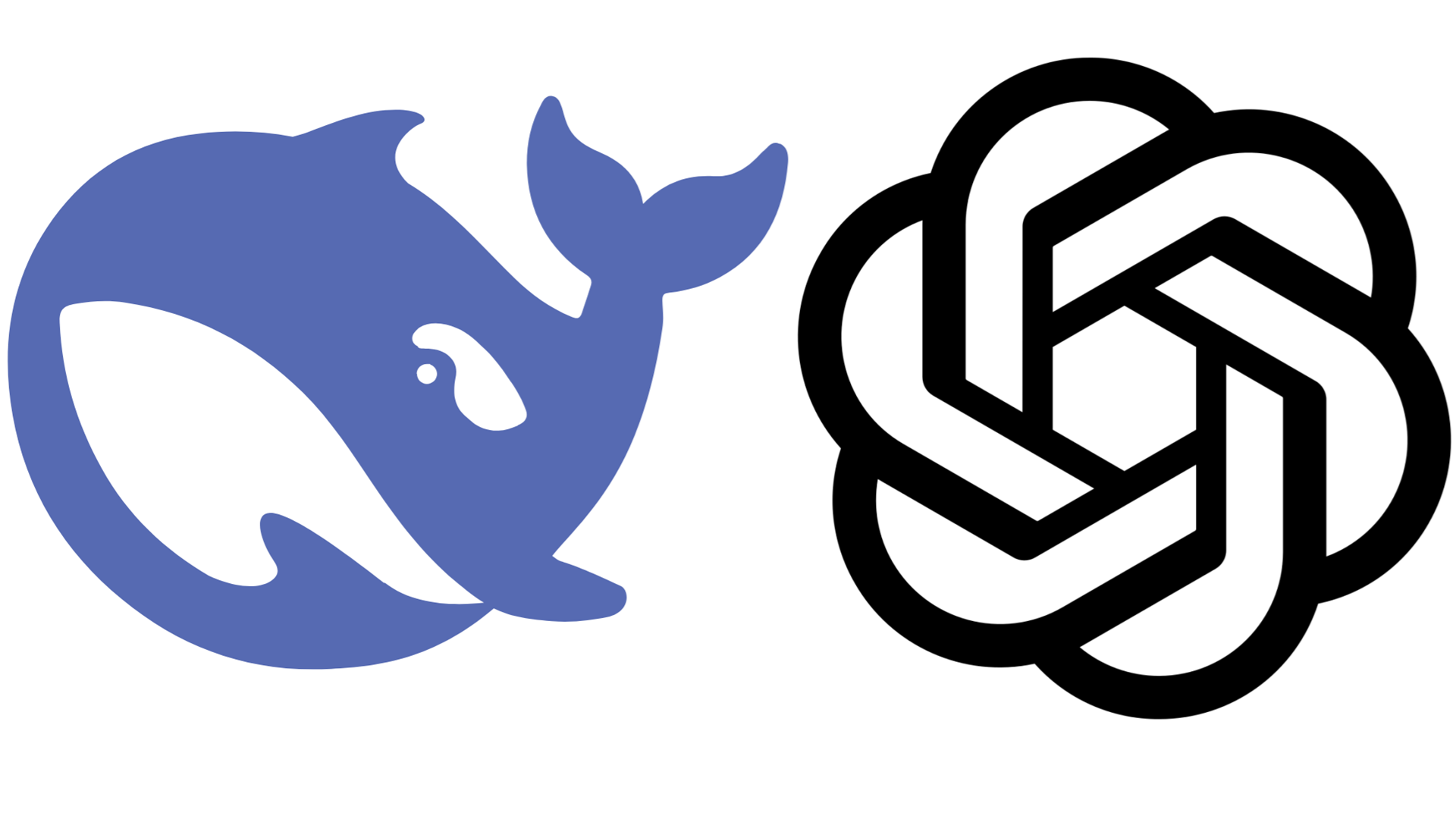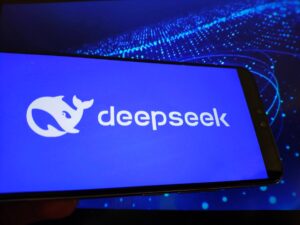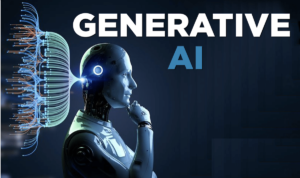Developer Adoption of DeepSeek Increases as 30% of Businesses Embrace the Controversial LLM Provider

Shifting Dynamics in AI Development: Loyalty to Flexibility
OpenAI’s Dominance and New Competitors
OpenAI has been a frontrunner in the field of large language models (LLMs) for quite some time, becoming the preferred option for many developers. However, recent studies indicate that developer loyalty is becoming more fluid as the landscape of artificial intelligence evolves. A survey conducted by Vercel involving 656 application developers revealed that a significant 87% of participants utilize OpenAI’s models, while 83% take advantage of its inference APIs.
Interestingly, the survey also showed that developers are diversifying their choices; on average, they now utilize two different provider platforms. About 60% of developers reported that they switched vendors within the past six months, signaling a notable shift in loyalty.
Rising Attention for DeepSeek and Struggles for Microsoft
While OpenAI remains the leader, new competitors like DeepSeek are gaining traction. The data indicates that DeepSeek has penetrated nearly one-third of businesses, with a 29% adoption rate. Conversely, Microsoft’s LLMs are lagging behind, with only 10% of surveyed developers using its products. Alarmingly, 90% of respondents do not consider Microsoft a viable option, illustrating the challenges the company faces in this competitive environment.
Evolving Roles and AI Integration
The integration of AI into development processes is changing job roles and team structures significantly. According to Nicolas Le Pallec, CTO of EMEA at AKQA, AI is breaking down traditional boundaries. "We’re seeing new product designers who blend UX, UI, and coding into a streamlined creative process. Tools like Vercel, v0, Uizard, and Cursor empower individuals, regardless of their level, to develop and launch ideas independently," he explained. This shift enhances not only efficiency but also fosters creativity.
Furthermore, the shift towards practical applications is evident, with many developers focusing on the tools rather than forming dedicated AI teams. The Vercel survey found that 45% of respondents have no devoted AI team, and 57% lack specific AI leadership. Instead, the success of their AI initiatives predominantly hinges on having clear objectives and effective tools.
Prioritizing Product Features and Cost Control
In today’s AI landscape, customer-focused applications are placing a high priority on incorporating AI features. Approximately 75% of developers favor developing AI functionalities for customer-facing apps over maintaining conventional support chatbots, which only 39% are still implementing. Additionally, only 27% of developers are utilizing website personalization, indicating significant potential for innovation in this area.
Cost control also remains crucial, with over 70% of developers opting to manually test their AI models, generally operating on less than $1,000 a month. This budget-consciousness reveals that effective solutions can still be found even within limited financial resources. Notably, only 14% of developers engage in training their models, while 60% prefer using retrieval-augmented generation (RAG) methods and vector databases to optimize costs.
Perceptions of AI in Development
Despite a general skepticism towards the overhyping of AI, the enthusiasm for its transformative potential is evident. Developers rated AI hype at an average of 6.4 out of 10. Yet, when asked about AI’s ability to transform their industries in the next year, their confidence soared to a 7.7 out of 10. This enthusiasm reflects a recognition of AI’s capacity to revolutionize development practices, even amidst their concerns about exaggerated claims.
As the AI landscape continues to adapt, it becomes clear that developers are prioritizing speed, accuracy, and flexibility over sheer scale, making the choice of an LLM less about loyalty and more about effective problem-solving in a rapidly changing context.






